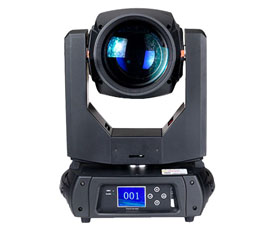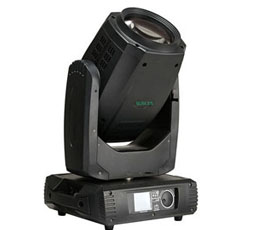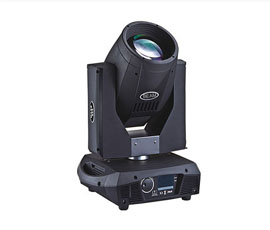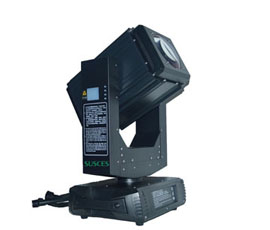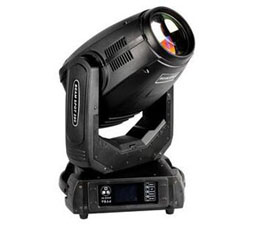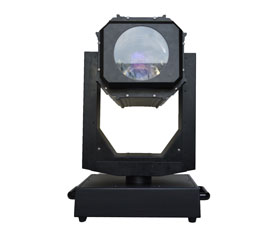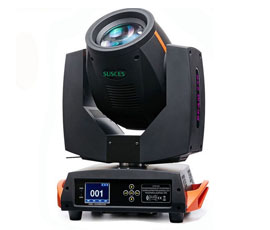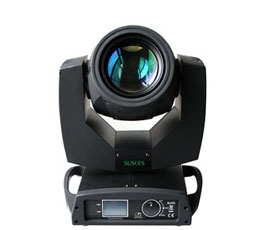
How to design the sound field of Guangzhou Grand Theater
Guangzhou Grand Theater with a total construction area of about 70,000 square meters, the core design concept known as the "rounded gravel": "big gravel" includes 1800 theater and recording studio, art exhibition hall; "small gravel" is more than 400 Functional theater. Grand Theater Auditorium with a unique "hands around" design, the auditorium on both sides of the stands on both sides of the extension and the balcony to sit cross-staggered, from the stage point of view, like the head of the two arms stretched out. As shown in Figure 1. In addition to providing an excellent acoustic environment to meet the natural sound performance requirements, most of the actual operation of the need for electro-acoustic support.
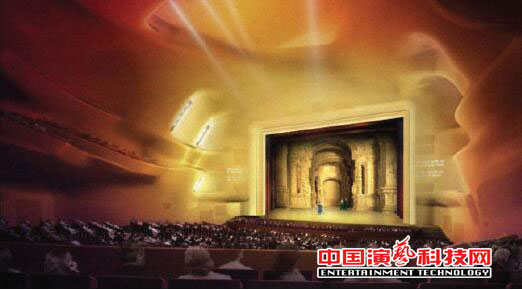
Figure 1 Grand Theater Auditorium renderings
In the sound field design, the Guangzhou Grand Theater has two distinct characteristics: variable sound field design and ultra-low frequency directional design.
1 variable sound field
Guangzhou Grand Theater Theater introduced a variable sound field design, with a variable sound field to meet the different forms of artistic performances in order to achieve higher quality sound reinforcement needs.
1.1 design concept
In the international and domestic important performance theater sound field design and use of the needs of the full investigation and found that: the theater program in a variety of forms, a single sound mode is difficult to meet the various forms of the use of demand. Summarize the following major forms of performance for the PA system, as shown in Table 1. As can be seen from Table 1, different program performances, the auditory aesthetic, maximum sound pressure level, sound reinforcement form and acoustic coverage requirements are not the same. In recent years, through the design of variable sound field, and strive to meet the professional needs of various performances is gradually becoming the international trend of the future development of high-end theater. Guangzhou Grand Theater on the classic art and commercial popular use of the two models were designed two sets of loudspeaker system. To minimize the principle of interference to design a set of point source array to meet the classic art class of natural, fidelity sound reinforcement needs to meet the natural sound, sound supplemented by the sound form; to meet the needs of large dynamic sound reinforcement , The design of a set of sound source sound reinforcement array to meet the commercial atmosphere of the atmosphere and the intensity of demand. Two sets of systems can be quickly switched, the actual use of the results of the audience and the tuning of the praise.
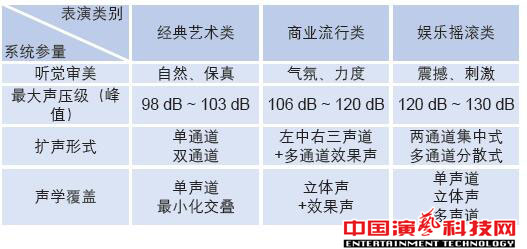
Table 1 Different types of performances on the demand for sound reinforcement systems
1.2 high fidelity mode
The high-fidelity sound reinforcement mode, which is a classic art class, uses a 2-layer fixed-mounted loudspeaker system and a group of subwoofer loudspeaker systems to cover the audience area with the most digestive interference to achieve high-quality sound reinforcement. Figure 4 shows. High-fidelity sound reinforcement mode sound field design: the theater a total of left and right two-channel speaker group, the left channel speaker group consists of two layers from top to bottom, the upper layer by the two high-Q level of the horizontal sound source speaker system to minimize the principle of overlap Layout, mainly covering the floor audience; the lower three high-Q level of the sound source speaker system composed of the same, to minimize the principle of overlapping arrangements, mainly cover the pool audience; the right channel and the left channel the same. From the sound coverage in the figure, it can be seen that in order to effectively avoid the influence of the reflection of the side wall and the ceiling on the audiences sense of hearing, the skill of using the horizontal sound source loudspeaker is precisely used to set the coverage angle accurately Minimized interference. In addition, each channel configuration 3 dual 18-inch subwoofer speaker system, placed in the upper part of the full-range speaker system and the lower part of the full-range speaker system. Around the channel together to cover the audience.
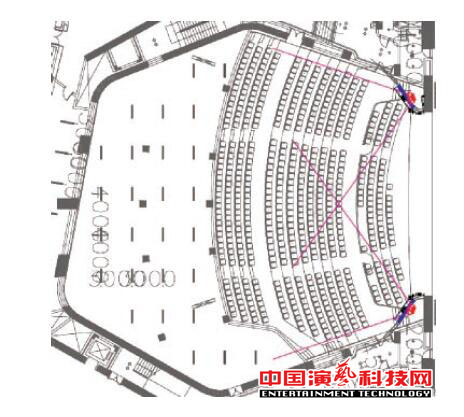 图
图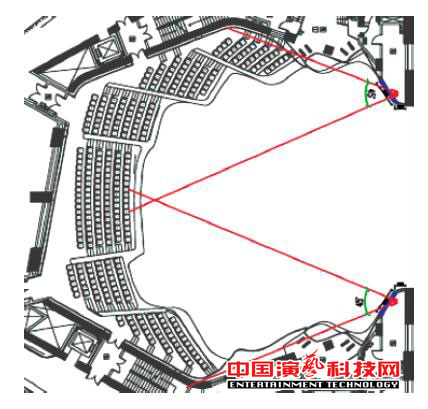 2 high fidelity mode lower plane coverage Figure 3 high fidelity mode upper plane coverage
2 high fidelity mode lower plane coverage Figure 3 high fidelity mode upper plane coverage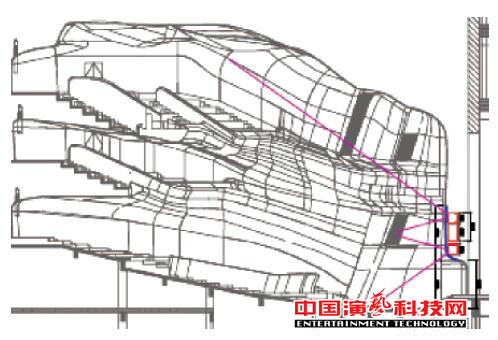 Figure 4 high-fidelity mode coverage 1.3 large dynamic mode
Figure 4 high-fidelity mode coverage 1.3 large dynamic modeThe left and right channel loudspeaker system group and the left and right channel loudspeaker system group are composed of 9 vertical linear sound source loudspeaker systems and 3 double 18-inch subwoofer system (shared with high-fidelity sound mode ultra-low frequency); Central channel speaker system consists of 10 vertical line sound source speaker system and 2 low-frequency speaker system components.
According to the characteristics of the hall, large dynamic sound reinforcement loudspeaker system are line array speaker system, directional control ability, in the long reverberation time of the hall advantage is very obvious. Left and right channel speaker system with asymmetric coverage, as shown in Figure 5, Figure 6 shows. Line array in the normal hanging state, you can change the direction of the cover angle, so that the sound line as far as possible to avoid the direct reflection of the side wall, making even in the large dynamic sound reinforcement mode, the sound is still very clean and powerful. Central channel with a wide angle of the compact line array speaker system shown in Figure 7, Figure 8, with the original recommendation of the high-power low-frequency speakers, highlighting the voices of the delicate.
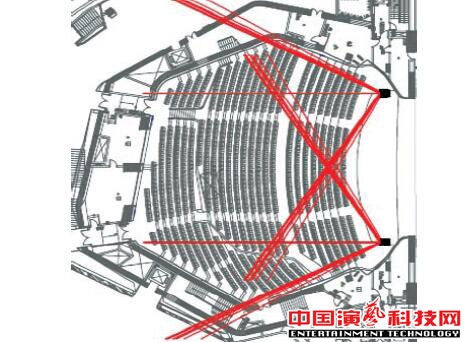 Figure 5 large dynamic mode left and right plane coverage
Figure 5 large dynamic mode left and right plane coverage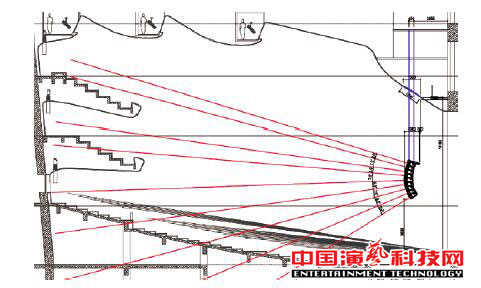 Figure 6 large dynamic mode left and right profile coverage
Figure 6 large dynamic mode left and right profile coverage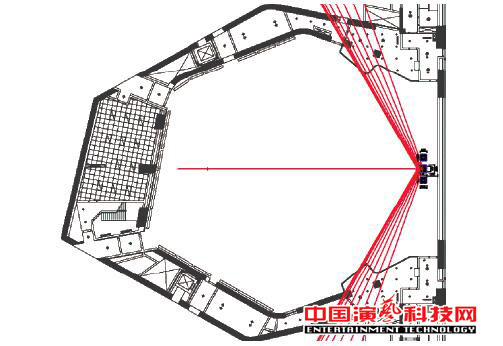 Figure 7 Large dynamic mode Central plane coverage
Figure 7 Large dynamic mode Central plane coverage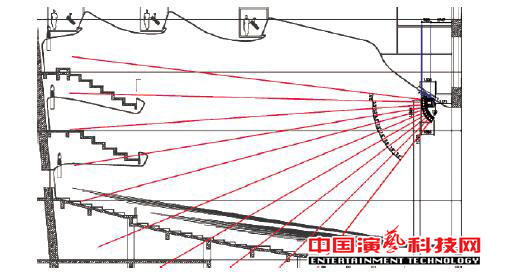 Figure 8 Large dynamic mode central section coverage
Figure 8 Large dynamic mode central section coverage
2 ultra low frequency system design
Guangzhou Grand Theater Theater introduced ultra-low frequency directional design to meet the long reverberation state of low-frequency coverage requirements. In the long reverberation hall sound reinforcement applications, how to carry out the real low-frequency reduction, is the industry in recent years, the focus of sound reinforcement technology, but also the difficulty of sound field design. The left and right channels of the program are equipped with three pairs of 18-inch subwoofer loudspeaker system, which can form a core-oriented ultra-low frequency sound reinforcement array (shown in Figure 9, the middle of the subwoofer system and the two sides of the subwoofer system To the installation), after a rigorous sound field debugging, will significantly improve the low frequency of the directivity, effectively improve the systems sound gain.
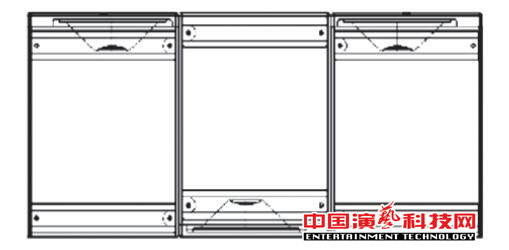
Figure 9 low-frequency speaker system array installation diagram
With ultra-low frequency sound reinforcement array, 50Hz-100Hz ultra-low frequency band has a very strong heart-shaped pointing characteristics, more effectively to the sound energy projected to the audience area, to improve the audiences sense of hearing, while greatly reducing the The radiation in the stage area, improve the system sound gain, reduce the whistle of the microphone may be. From the array of Figures 10 and 11, the simulation results can be fully certified.
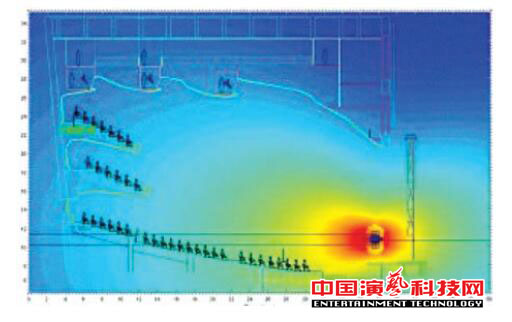
Figure 10 Traditional low-frequency array coverage simulation
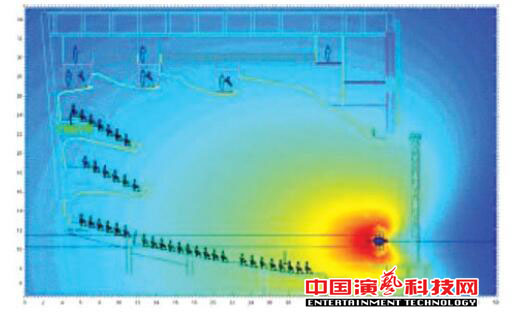 Figure 11 Heart-directed low-frequency array coverage simulation
Figure 11 Heart-directed low-frequency array coverage simulation
